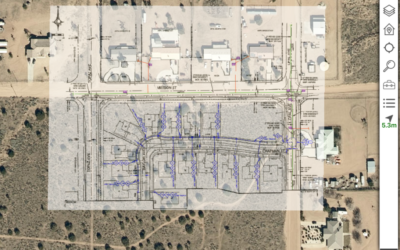Success pillars of software implementation.
John Bennett, Locana Project Controls Solutions Lead, recently presented the success pillars of software implementation at a partner conference to a packed audience.
John spoke about the three key pillars applicable to project controls software implementation: People, Processes, and Products. Under these pillars, John identified the points that will make the difference between a mediocre project and a great one.
This article discusses the second pillar, Processes. The first and third pillars, People and Products, are outlined here and here.
Processes
1. Start small and simple — Some clients ask to start with a big bang and huge cutover. They dive in with excitement and expect everything to work immediately. If the system doesn’t work with customer provided data sets, they can’t immediately tell whether it’s the system or the data that is causing the issue. When things don’t work the first time, confidence in the solution is lost. To avoid starting with a huge amount of bad data, it’s best practice to start with a small amount of good, simple data to build confidence. Keep the data to manageable sizes, and use data the team has confidence in. Once the team has the confidence that the system is working as it should, larger and more ‘real’ data can be utilised.
2. Know what your customer needs — Nearly everyone has a customer. Your stakeholders should know what information is of the most benefit and it will grow their confidence in the system if it can deliver what they need.
All too often, teams create a bottom-up approach to data which creates too much reporting that serves no senior purpose. By starting at the top and finding out the requirements of your key stakeholders you will likely create fewer data sets, fewer codes, and less irrelevant reports that won’t be used.
3. Identify projects for first release/pilot — Identify good and bad projects for first release. Good projects that you can celebrate the success of and build momentum, but you will not learn as much until you get to poor performing projects or bad data sets where you’ll learn more about the client and the environment. Guided mistakes can develop teams’ understanding of the approach to fixes later if things go wrong.
4. Test manually. Automate later — Scalable solutions are often developed manually. This is to fine tune processes and develop the best approach to a process or design system before automating it for scale. Testing manually with positive outcomes grows confidence that the other parts of the system are performing as planned. Once confidence is assured in the integrated state, automation as a subsequent phase will speed things up and address productivity concerns.
5. Plan rollout — Use momentum, confidence, and learnings to enable the successful deployment of the solution of the target state to the audience. Don’t pause, don’t let the team roll back onto other work because reclaiming lost resource will be nearly impossible after they have been deployed back to other projects.
Conclusion
Locana’s culture of competence and transparency has built an enviable reputation in the UK over the past 30 years. Staffed mostly by permanent staff, the team’s knowledge base is robust because it is comprised of people dedicated to our clients’ success. With customers ranging from 1-2 users to 12,000 users, Locana has a track-record of accomplishment working with a range of software combinations and processes in teams of varying size, scale, and complexity. In addition, Locana is not solely aligned to any one vendor and is truly independent with multi-vendor expertise so is able to advise based on each individual situation depending on the requirements of the organisation.


